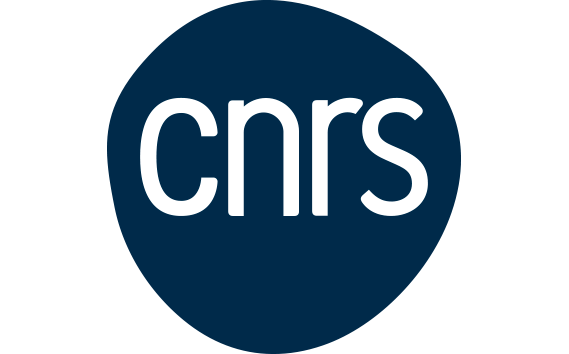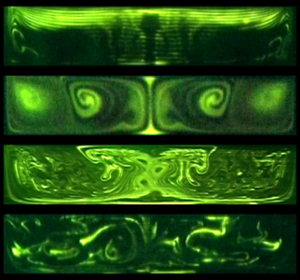Seminar by Herman Clercx: Rotating turbulent convection: What happens when rotation outplays buoyancy?
- Science and society
Published on April 25, 2022
–
Updated on January 16, 2023
Dates
on the May 13, 2022
11:00
Location
Site Valrose and on-line
Rotating turbulent convection: What happens when rotation outplays buoyancy?
Herman Clercx, Eindhoven University of Technology, Eindhoven, The Netherlands
Most turbulent geo- and astrophysical flows are driven by strong thermal forcing and affected by high rotation rates. In these systems, direct measurements of the physical quantities are not possible due to their large scales, remoteness and complexity. Obviously, there is need for alternative approache s to address these flow phenomena and during the last two decades many studies on rotating turbulent convection have been initiated to explore a variety of aspects of this problem. For example, one of the remarkable observations concerns the transition between different turbulent states while changing certain control parameters such as the rotation rate.Turbulent rotating Rayleigh-Bénard convection (RRBC) represents a canonical model that contains the main physical constituents: it consists of a rotating fluid layer heated from below and cooled from above. In recent years two approaches have been popular to investigate flow and transport properties of RRBC: 1) laboratory experiments in (mostly) cylindrical convection cells with emphasis on heat transfer properties and large -scale flow visualization with optical diagnostics and 2) numerical simulations of thermally-driven turbulence in cylindrical cells or in horizontally-periodic domains between parallel (heated and cooled) plates with emphasis on small-scale flow phenomena and detailed turbulence statistics.
Background rotation causes different large-scale flow structures, heat transfer efficiencies, and transitions between different states in turbulent RRBC. Three main regimes are now known: rotation-unaffected (regime I), rotation-affected (regime II) and rotation-dominated (regime III). In this talk I will first introduce the role of rotation on fluid flows and turbulence. Subsequently, I will discuss the interplay of buoyancy and rotation in Rayleigh- Bénard convection in the framework of these regimes . This discussion, based on results from experimental and numerical investigations, will focus on the emergence of large-scale flow structures, boundary-layer dynamics, enhanced heat transfer induced by background rotation, and the transitions between the different states of rotating turbulent convection. I will conclude with a brief outlook on current activities in this field and show that the community is approaching part of the parameter regime (in terms of th ermal forcing and rotation rate) relevant for understanding turbulent convection in geo- and astrophysical flows.



